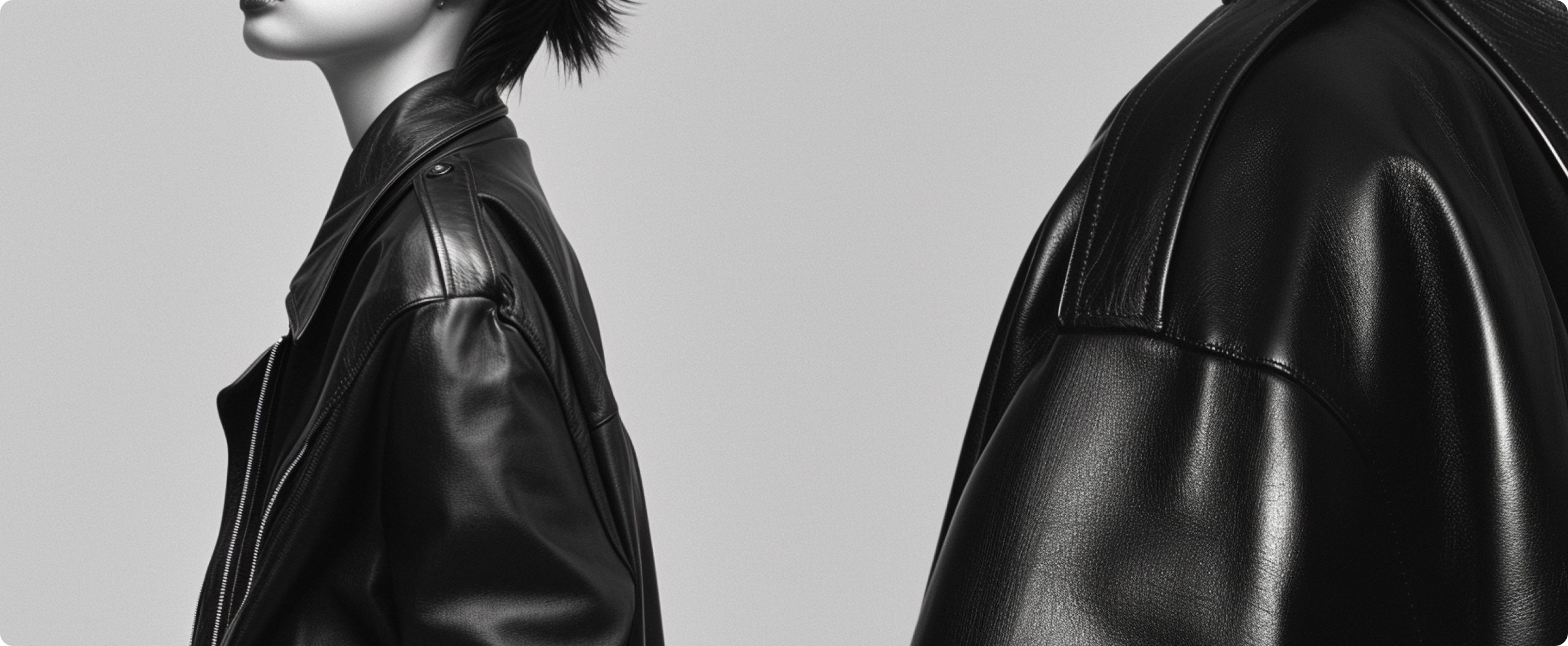Leather may have been around for thousands of years, but it got a lot of flak for some time because of concerns about animal cruelty as well as the pollution generated by the production process, specifically tanning. Still, leather is well loved because of its durability and timeless look. That’s why alternatives have been created to mimic the look of leather without doing harm to any animals.
Vegan leather has been touted as an alternative to leather, but even this material is fraught with downsides: vegan leather is usually made with polyvinyl chloride, a fossil fuel-based plastic; it doesn’t last nearly as long as genuine leather does; and when it breaks down, it does not degrade naturally, remaining in landfills and water sources.
Fortunately, plenty of efforts are being made to produce an eco-friendlier type of leather:
- A microbiology research group from Vrije Universiteit Brussel (VUB), led by Professors Eveline Peeters and Elise Vanden Elsacker, presented mycelium-based designs at the Milan Design Week. This isn’t the first time that VUB’s eco-friendly materials have been presented at the event; two years ago, VUB researchers unveiled a mycelium-based handbag at the same event. This year, a “leather” coat is being presented by PhD researcher Annah-Ololade Sangosanya to show the potential of the material for upscale fashion. The team’s designs are on display at the Isola Design Festival from 7-13 April. Milan Fashion Week has also been the venue for designers and researchers to showcase their takes on alternative materials. Two years ago, Lenzing Group and Natural Fiber Welding presented the result of their collaboration: a sustainable, animal-free, plastic-free leather material.
- Researchers from the Key Laboratory of Eco-Textiles, Ministry of Education of Jiangnan University in China and the Chinese Academy of Medical Sciences. developed a leather-like material called BC-BioLeath, which is made out of waste coconut water and waste oil. Processing involved the use of oxidized edible oil, coffee grounds, and vegetable tannins.
- With a team that includes material scientists and material engineers, the Australian company Alt.Leather has developed lightweight bio-based leather with a premium feel, good for footwear, accessories, fashion, furniture, and automotive interiors. Their website states that 100% of the ingredients they use are “derived from regenerative plants available in abundance globally,” and “10% of our ingredients are upcycled from textiles and cellulose destined for landfill or incineration.”
It’s bound to be an exciting time for producers of alternative leathers and companies that are looking for ways to make their products greener. Check out this IDTechEx report on the outlook and prospects for the sustainable leather market.
Main image from Alt.Leather


Leave a Reply